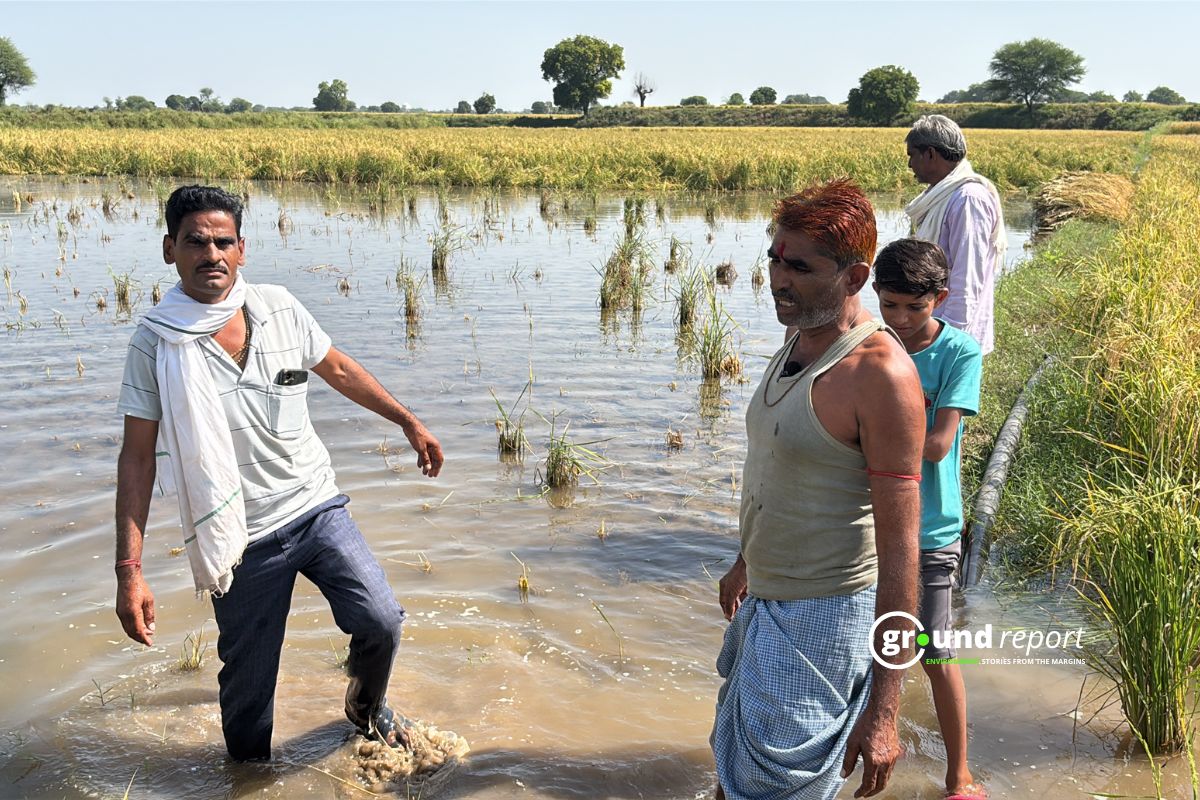As world leaders gather in Belém for COP30, new climate data show how much has changed since the Paris Agreement was signed ten years ago. The decade that followed has been the warmest on record, with 2024 marking the highest global temperature ever measured.
According to the Copernicus Climate Change Service (C3S), average global temperatures in 2024 exceeded 1.5°C above pre-industrial levels. The Copernicus Atmosphere Monitoring Service (CAMS) also confirmed record-high concentrations of carbon dioxide and methane in the atmosphere. Together, these findings paint a clear picture of how the planet’s climate has shifted since 2015.
At the time of the Paris Agreement, global temperatures had risen by just over 1°C. Based on current data from September 2025, that figure is now 1.4°C. Scientists project that the 1.5°C threshold will likely be reached by May 2029, more than a decade earlier than originally expected.
Record Heat and Rising Emissions
Carlo Buontempo, Director of the Copernicus Climate Change Service, said every year since the Paris Agreement has ranked among the ten warmest on record. “A decade after the Paris Agreement, the world is hotter than ever,” he said. “It’s now evident that the climate is shifting at a pace humanity has never experienced.”
He added that the data collected by Copernicus are essential for decision-making. “We have a rich supply of timely scientific data, information and knowledge, all free and open to everyone,” Buontempo said. “This information gives policymakers the power to respond with confidence and clarity. The choices we make today will shape the planet’s future.”

Laurence Rouil, Director of the Copernicus Atmosphere Monitoring Service, said atmospheric data reveal the scale of the problem. “Over the past decade, CO₂ concentrations have risen over 5%, reaching their highest annual levels ever recorded,” she said. Fossil fuel emissions accounted for nearly three-quarters of total carbon emissions in 2024.
Rouil noted that wildfires have become a major source of emissions. “In 2025 alone, wildfires released more than 1,300 megatonnes of carbon,” she said. These fires also emitted large quantities of particulate matter that harm air quality and human health.
Decade of Data and Tools
The Copernicus network, run by the European Centre for Medium-Range Weather Forecasts (ECMWF), provides open-access climate data to support research and policymaking. C3S tracks global temperatures and climate trends, while CAMS monitors air quality and greenhouse gases.
In recent years, CAMS launched the Methane Hotspot Explorer, a new tool that allows users to identify major methane leaks around the world using satellite data. The system currently relies on observations from the Copernicus Sentinel-5P satellite but will expand to include other missions. The tool helps track methane emissions in near-real time and can be used to detect and manage new sources.

Florence Rabier, Director General of ECMWF, said improved global observation networks are critical for better forecasting and resilience. “Strengthening global observing systems is essential for building climate resilience and improving the data that underpin our forecasts and climate analyses,” she said.
Rabier said ECMWF is working with the World Meteorological Organization’s Systematic Observations Financing Facility (SOFF) to close data gaps, especially in regions with limited monitoring infrastructure. “By helping countries generate and share higher-quality observations, we improve the accuracy of our predictions and the reliability of early warning systems worldwide,” she said.
A new SOFF Impact Bond aims to mobilize up to 200 million dollars from public, private and philanthropic partners. The goal is to expand global climate data coverage, ensuring that all countries can contribute to and benefit from better forecasting systems.
Decisive Years Ahead
The past ten years have confirmed a steady trend: rising greenhouse gases, record heat, and growing climate impacts. C3S reports that 2025 could become the second or third warmest year ever recorded, depending on data from the last two months of the year.
The 1.5°C threshold, considered a critical limit to avoid severe and irreversible climate impacts, may be surpassed for three consecutive years before the end of the decade.
Rouil said the next ten years will determine whether the Paris Agreement’s goals can still be met. “This 10-year benchmark is a mirror of how progress measures up to the ambitions of Paris,” she said. “The next decade will be decisive. Delegates at COP30 have more knowledge, data and understanding than ever before. We encourage them to use this to turn ambition into action.”
The data from Copernicus serve as a reminder that climate change is measurable, traceable, and accelerating. As discussions continue in Belém, the evidence suggests that global action must now match the speed of the planet’s warming.
Support us to keep independent environmental journalism alive in India.
Keep Reading
Elephants Are Back in MP After a Century, But Can They Stay?
Solar Energy – A Paradigm Shift in Wildlife Conservation
Stay connected with Ground Report for underreported environmental stories.








